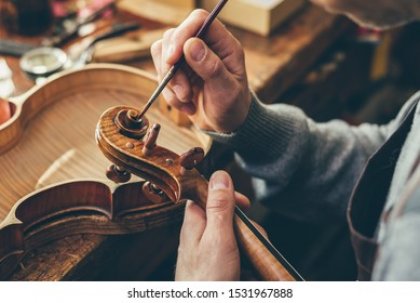Exhibition Traces History of Bulgarian Lutherie

November 19 (BTA) - The National Polytechnics Museum (NPM) in Sofia is playing host to an exhibition entitled "The Song of Wood", which traces the history of the production of musical instruments of the violin family by Bulgarian luthiers. Organized by the Regional Museum of Ethnography in Plovdiv, Southern Bulgaria, the exhibition highlights the Bulgarian production of folk music instruments such as gadulka and tambura as well as instruments associated with modern urban culture, including violin, viola, cello and mandolin. The show will be on until March 2022, the NPM says on its Facebook page.
The earliest urban-style instruments of the violin family made by Bulgarian luthiers emerged in the middle of the 19th century. Bulgarian lutherie flourished in the early 20th century, when demand for stringed instruments peaked. The violins, violas and cellos made at that time were strongly influenced by the traditions of Tyrol and Bohemia, the NPM says.
Czech musician and luthier Georg Henig (1873-1965) played a significant role in the history of Bulgarian lutherie. He was the most prominent double-bass maker working in Bulgaria. His students included Ivan Kaloferov and Franz Hristodorov, who were particularly talented representatives of the second generation of Bulgarian luthiers.
Folk tradition, Oriental influences, modern European musical instruments and the heritage of church singing created great variety in Bulgarian music. An urban society with new musical tastes originating from Western Europe emerged even before the Bulgarians' liberation from Ottoman Turkish rule in 1878. The violin appeared in cities along the Danube River around the middle of the 19th century. European music was brought into the country by migrants, Protestant missions with their harmoniums, and Bulgarians who lived and studied abroad. RY/VE



 EUR 1.9558
EUR 1.9558
 USD 1.7284
USD 1.7284
 CHF 1.8677
CHF 1.8677